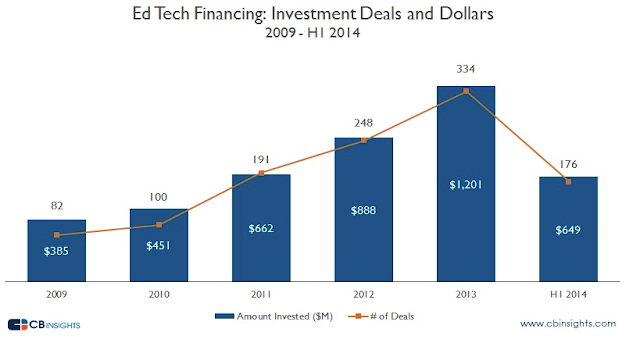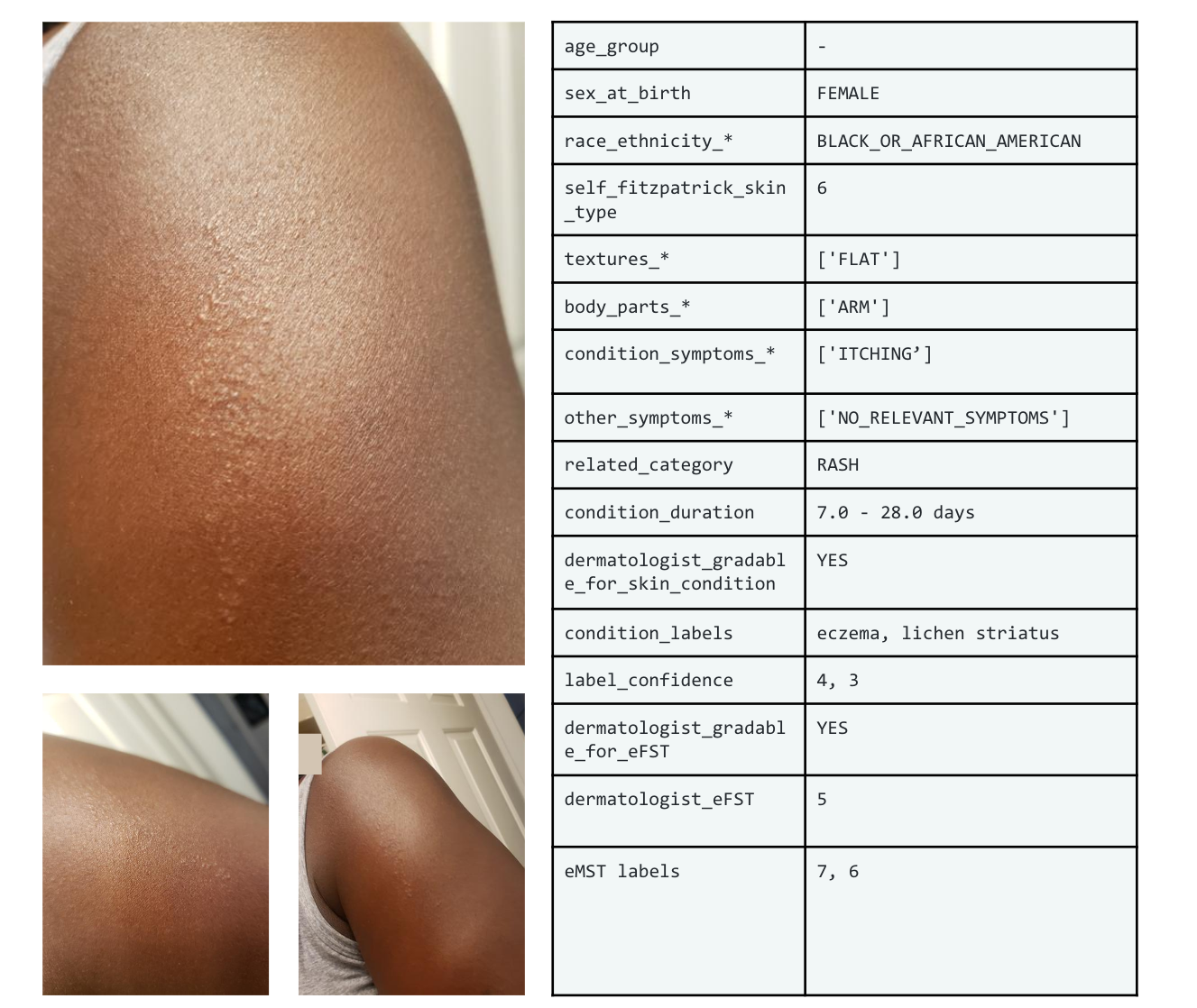
The Computer Science Pipeline and Diversity: Part 2 - Some positive signs, and looking towards the future
July 9, 2015
Posted by Maggie Johnson, Director of Education and University Relations, Google
Quick links
(Cross-posted on the Google for Education Blog)
The disparity between the growing demand for computing professionals and the number of graduates in Computer Science (CS) and Information Technology (IT) has been highlighted in many recent publications. The tiny pipeline of diverse students (women and underrepresented minorities (URMs)) is even more troubling. Some of the factors causing these issues are:
- The historical lack of STEM (Science, Technology, Engineering and Mathematics) capabilities in our younger students; lack of proficiency has had a substantial impact on the overall number of students pursuing technical careers. (PCAST Stem Ed report, 2010)
- On the lack of girls in computing, boys often come into computing knowing more than girls because they have been doing it longer. This can cause girls to lose confidence with the perception that computing is a man’s world. Lack of role models, encouragement and relevant curriculum are additional factors that discourage girls’ participation. (Margolis 2003)
- On the lack of URMs in computing, the best and most enthusiastic minority students are effectively discouraged from pursuing technical careers because of systemic and structural issues in our high schools and communities, and because of unconscious bias of teachers and administrators. (Margolis, 2010)
- Math1 and Science2 results as measured by the National Assessment of Educational Progress (NAEP) have improved slightly since 2009, both in general and for female and minority students.
- Over the last 10 years, there has been an increase in the number of students earning STEM degrees, but the news on women graduates is not as positive.
“Overall, 40 percent of bachelor's degrees earned by men and 29 percent earned by women are now in STEM fields. At the doctoral level, more than half of the degrees earned by men (58 percent) and one-third earned by women (33 percent) are in STEM fields. At the bachelor's degree level, though, women are losing ground. Between 2004 and 2014, the share of STEM-related bachelor's degrees earned by women decreased in all seven discipline areas: engineering; computer science; earth, atmospheric and ocean sciences; physical sciences; mathematics; biological and agricultural sciences; and social sciences and psychology. The biggest decrease was in computer science, where women now earn 18 percent of bachelor's degrees (18 percent). In 2004, women earned nearly a quarter of computer science bachelor's degrees, at 23 percent.” - (U.S. News, 2015)
- There has been a steady growth in investment in education companies, particularly those focused on innovative uses of technology.
- The number of publications in Google Scholar on STEM education that focus on gender issues or minority students has steadily increased over the last several years.
 |
| Results from Google Scholar, using “STEM education minority” and “STEM education gender” as search terms |
- Successful marketing campaigns such as Hour of Code and Made with Code have helped raise awareness on the accessibility and importance of coding, and the diverse career opportunities in CS.
- There has been growth in developer bootcamps over the last few years, as well as online “learn to code” programs (code.org, CS First, Khan Academy, Codecademy, Blockly Games, PencilCode, etc.), and an increase in opportunities for K12 students to learn coding in their schools. We have also seen non-profits emerge focused specifically on girls and URMs (Technovation, Girls who Code, Black Girls Code, #YesWeCode, etc.)
- One of the most positive signals has been the growth of graduates in CS over the past few years.
 |
| Source: 2013 Taulbee Survey, Computing Research Association |
However, an interesting, and potentially threatening development resulting from this positive momentum is the lack of capacity and faculty in CS departments to handle the increased number of enrollments and majors in CS. Colleges and universities, as a whole, aren’t adequately prepared to handle the surge in CS education demand - Currently there just aren’t enough instructors to teach all the students who want to learn.
This has happened in the past. In the 80’s, with the introduction of the PC, and again during the dot-com boom, interest in CS surged. CS departments managed the load by increasing class sizes as much as they possibly could, and/or they put enrollment caps in place and made CS classes harder. The effect of the former was some faculty left for industry while the effect of the latter was a decrease in the diversity pipeline.
“These kinds of caps have two effects which limit access by women and under-represented minorities:
- First, the students who succeed the most in intro CS are the ones with prior experience.
- Second, creating these kinds of caps creates a perception of CS as a highly competitive field, which is a deterrent to many students. Those students may not even try to get into CS.”
If we allow the past to repeat itself, we may again find CS faculty leaving for industry and less diversity students going into the field. In addition, unlike the dot-com boom where interest in CS plummeted with the bust, it’s unlikely we will see a decrease in enrollments, particularly in the introductory CS courses. “CS+X”, which represents the application of CS in other fields, is illustrated by the following sample list of interdisciplinary majors in various universities:
- Yale: "Computer Science and Psychology is an interdepartmental major..."
- USC: "B.S in Physics/Computer Science for students with dual interests..."
- Stanford: "Mathematical and Computational Sciences for students interested in..."
- Northeastern: "Computer Science/Music Technology dual major for students who want to explore connections between..."
- Lehigh: "BS in Computer Science and Business integrates..."
- Dartmouth: "The M.D.-Ph.D. Program in Computational Biology..."
At Google, we recently funded a number of universities via our 3X3 award program (3 times the number of students in 3 years), which aims to facilitate innovative, inclusive, and sustainable approaches to address these scaling issues in university CS programs. Our hope is to disseminate and scale the most successful approaches that our university partners develop. A positive development, which was not present when this happened in the past, is the recent innovation in online education and technology. The increase in bandwidth, high-quality content and interactive learning opportunities may help us get ahead of this challenging capacity issue.
1Average mathematics scores for fourth- and eighth-graders in 2013 were 1 point higher than in 2011, and 28 and 22 points higher respectively in comparison to the first assessment year in 1990. Hispanic students made gains in mathematics from 2011 to 2013 at both grades 4 and 8. Fourth- and eighth-grade female students scored higher in mathematics in 2013 than in 2011, but the scores for fourth- and eighth-grade male students did not change significantly over the same period. (Nation’s Report Card)
2The average eighth-grade science score increased two points, from 150 in 2009 to 152 in 2011. Scores also rose among public school students in 16 of 47 states that participated in both 2009 and 2011, and no state showed a decline in science scores from 2009 to 2011. A five-point gain from 2009 to 2011 by Hispanic students was larger than the one-point gain for White students, an improvement that narrowed the score gap between those two groups. Black students scored three points higher in 2011 than in 2009, narrowing the achievement gap with White students. (Nation’s Report Card)
-
Labels:
- Education Innovation
Quick links
×
❮
❯



